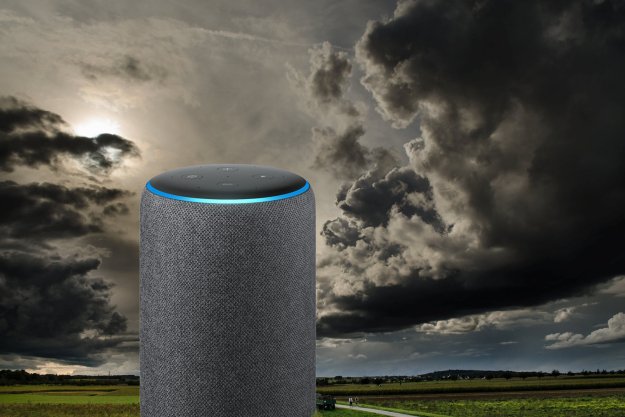Now comes word of a serious, potentially live-saving application for these flying marvels. NBC News reports that EMS response drones could soon be a reality. Imagine you’ve had a car crash and you’re by the side of the road. In zooms the drone, swooping downwards to your location via your smartphone’s GPS. It lands softly nearby loaded with medical supplies, which could very well save your life.
According to NBC News, Dr. Italo Subbarao, the senior associate dean at William Carey University College of Osteopathic Medicine, along with a med student, demonstrated last month how a pair of “disaster drones” they developed could deliver “telemedical” packages to victims and rescue teams in a simulated mass-casualty exercise. Subbarao says that these types of drones can get to areas that conventional rescue vehicles may not be able to reach as fast (think a remote mountainous area, although a cell signal for the GPS may be a problem).
“Immediate communications with the victims and reaching them rapidly with aid are both critical to improve outcomes,” Subbarao says. These drones would also give doctors an immediate first-look at victims, whereas otherwise they would have to wait for the victim to arrive at the treatment center.
The report adds that there are still obstacles to overcome, one being the FAA, the government agency that takes a keen interest in such things. Current drone regulations say most have to max out on the scale “at 55 pounds, (with) an altitude ceiling of 400 feet, and line-of-sight operations, that is, within visible range.”
Drone experts at the nearby Hinds Community College, with help from Subbarao’s team, designed and built the disaster drones. One “HiRO (Health Integrated Rescue Operations) package” is designed to help a badly injured victim, while the other is meant to aid up to 100 people with a wide variety of injuries — what you might find in a mass-casualty scenario. Both can fly in rough weather as well.
Dennis Lott, director of Hinds CC’s unmanned aerial vehicle program, said “These drones have impressive lift and distance capability, and can carry a variety of sensors, including infrared devices, to help locate victims in the dark.”
Editors' Recommendations
- UltraRAM may one day be able to combine storage and memory into one
- DJI drone contest invites your best impossible shot
- F1 driver in fireball crash is certain the car’s halo saved his life
- Walmart is starting to deliver your packages by drone
- This tiny robot tank could one day help doctors explore your intestine



